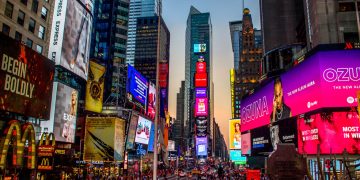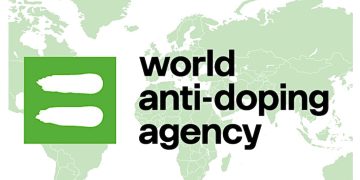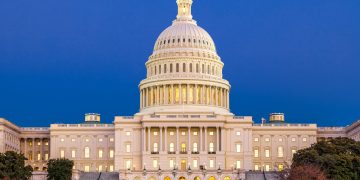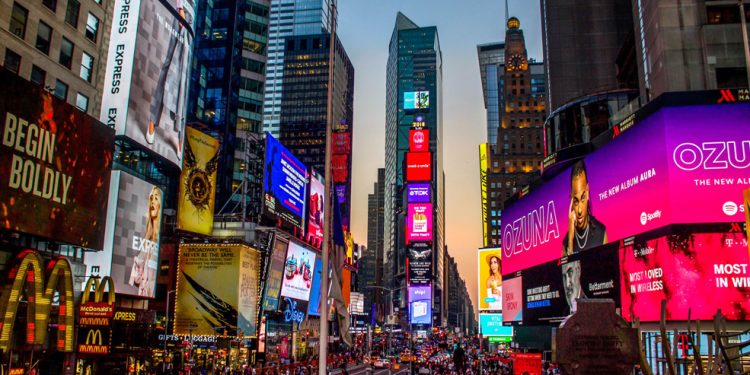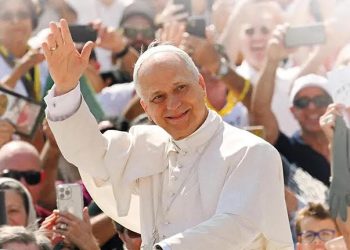Donald Trump applies an economic policy that protects American companies, reduces taxes, relaunches the industry and reduces dependencies. He wishes to consolidate production on American territory and reduce its dependence on other nations.
US employment has been affected differently by Donald Trump’s economic policy, with job opportunities in manufacturing and technology sectors, but also uncertainties about changes in the public and private sectors. Wages in the private sector have increased a little, however, not enough to cover inflation, which has reduced purchasing power.
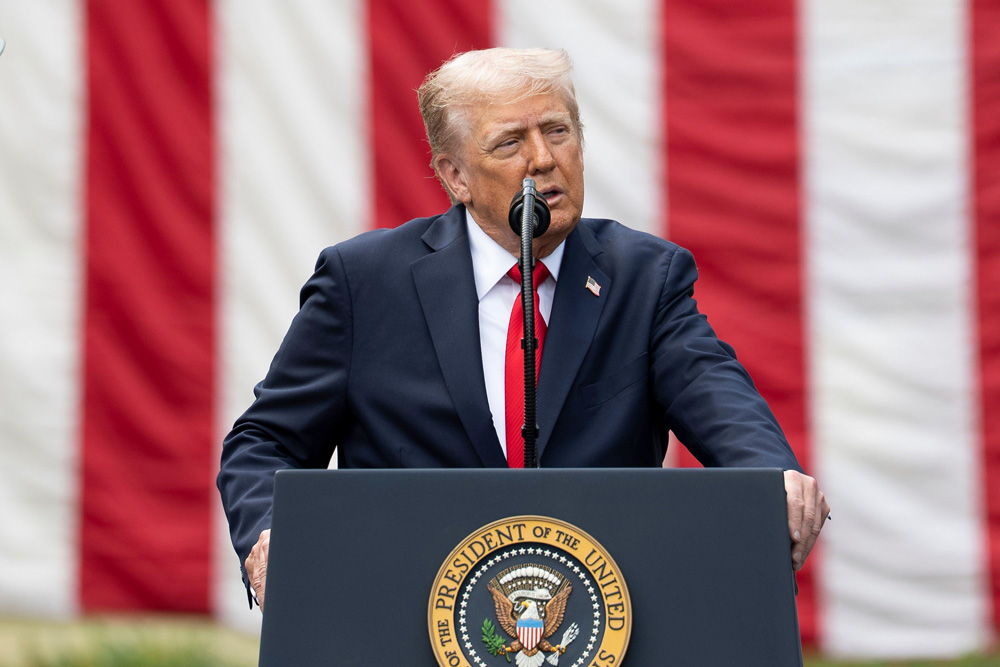
The new employment conditions
Donald Trump reduced the rules on labor law, which limited the rights of unions. They facilitated layoffs in public jobs and changed the recognition of certain employee statuses, which affected working conditions. Most of the changes have helped companies and rich people, often at the expense of the middle class and the poorest.
Job creation and changes in the labour market
In February, during the presidency of Donald Trump, about 151,000 non-agricultural jobs were created, mainly in the manufacturing sector. These manufacturing jobs, which reflect the policy of industrial relocation, have played an essential role in preserving stability in particular structures.
However, the increase in the unemployment rate, from 4% to 4.1% in a few months, as well as the decline in jobs in the federal public sector, have generated concerns about the consequences, in particular a possible negative impact on the private sector due to redundancies in the public sector.
A shared and negative global opinion
High customs fees and doubts about trade have created tensions with other countries and made financial markets unstable, which has reduced business and consumer confidence.
Europe is very affected and worried about supply problems and retaliation from the US that could harm its industries.
Donald Trump imposed very high customs tariffs on China, reaching an overall rate of 145% on certain imported products, by combining the tariffs already in effect and recent surcharges. According to Chinese economists, in the context of global economic instability, Donald Trump’s policy marks the end of US influence in globalization and offers opportunities for China to strengthen its economic role with other countries.
A large number of countries claim that the protective measures implemented by Donald Trump, such as increasing tariffs on imports, contribute to making the global economy unstable.
Donald Trump has set a fee of 100,000 dollars for H-1B work visas to reduce professional immigration and help American workers.
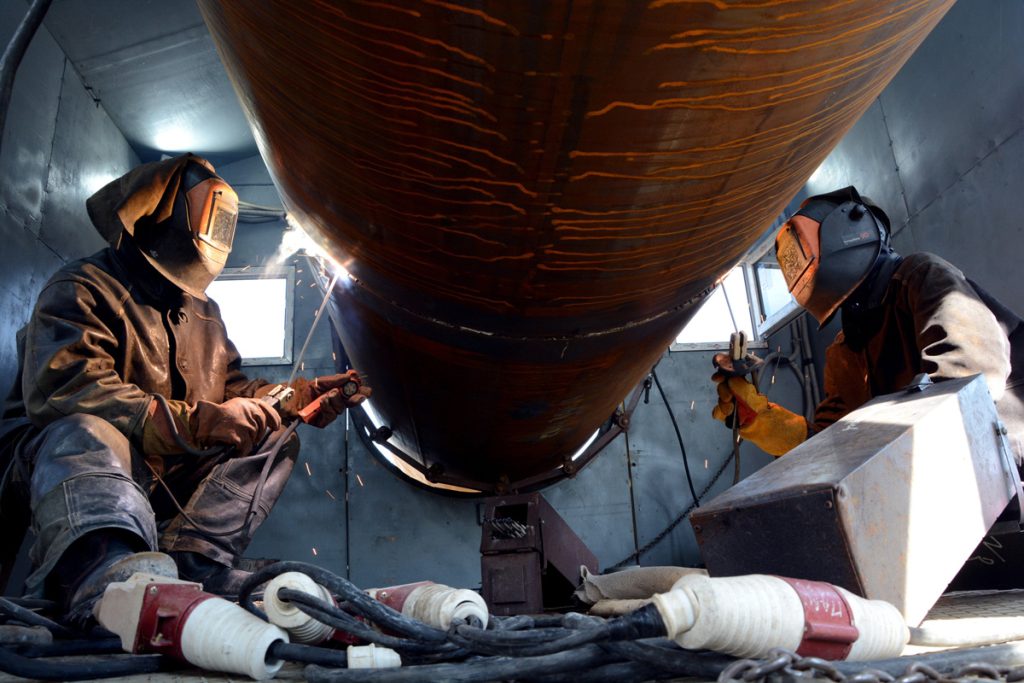
What is the H-1B visa?
This form of visa is widely used in the technological field. It allows highly qualified foreign workers (engineers, scientists, computer scientists…) to work in the United States. It lasts for three years and can be extended to six years.
What is the reason for these fees of 100,000 dollars?
Dissuasive objective: Donald Trump wants companies to prioritize the training of American citizens rather than resorting to international recruitments.
He thinks that foreign workers are taking jobs from Americans.
Economic impact: Companies will be required to pay these fees in addition to salaries, which makes hiring foreign workers less advantageous.
Homeland Security may make some exceptions to certain individuals or sectors.


